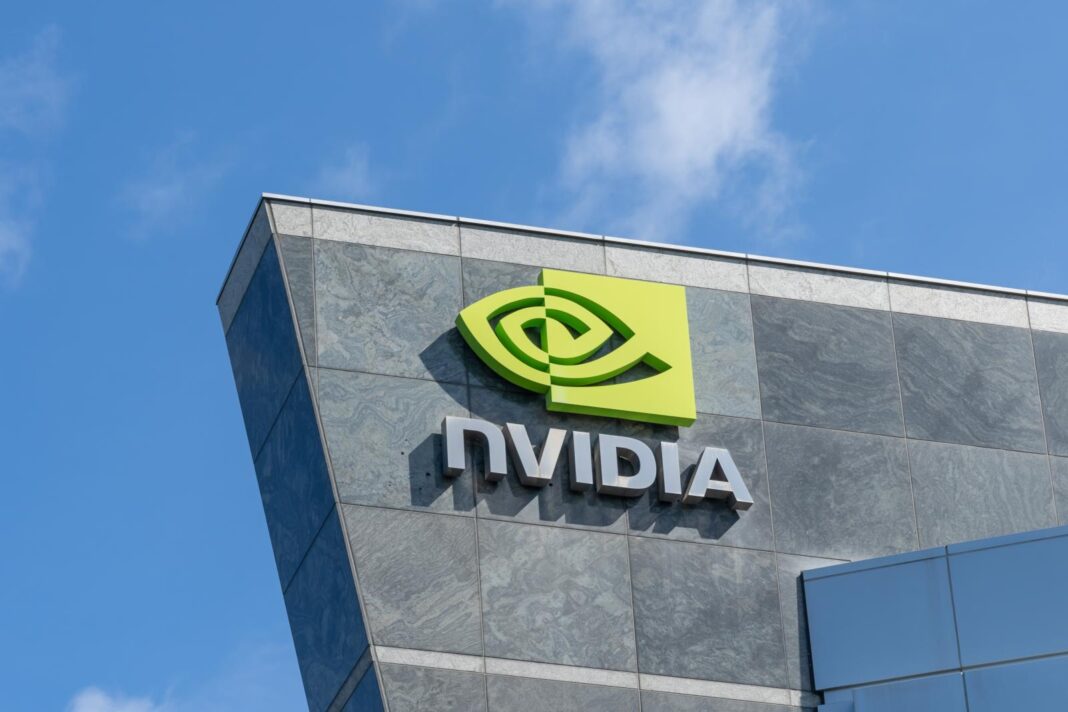### NVIDIA’s GTC Student Experience: Revolutionizing AI at Howard University
This week, tech giant NVIDIA made waves at Howard University with its GTC Student Experience event, showcasing its commitment to advancing artificial intelligence (AI) through partnerships with Historically Black Colleges and Universities (HBCUs). This three-day event, held from October 27 to 29, was packed with activities and discussions aimed at inspiring the next generation of technologists.
### Day One: Gear Giveaways and Skill Development
Kicking off the event on October 27, students were thrilled to receive free gear from the exclusive NVIDIA Gear Store truck. The day marked the beginning of a vibrant two-day experience aimed not just at students, but also the wider campus community. The highlight of the following day, October 28, was a day-long event sponsored by NVIDIA, which featured a panel discussion titled “How to Accelerate Your Career in AI.” This panel included notable figures from Howard, including faculty and alumni, along with representatives from NVIDIA.
The day also featured a watch party for the GTC keynote livestream delivered by NVIDIA CEO Jensen Huang. Students engaged deeply with the content and were eager to explore the career pathways available in the technology sector.
### Insights from Leaders: U.S. Rep. Ro Khanna
U.S. Representative Ro Khanna, who represents Silicon Valley’s 17th Congressional District, delivered an inspiring opening address on October 28. He underscored the importance of partnerships between tech companies and HBCUs, especially during an era when AI is poised to reshape various industries. Khanna emphasized, “There’s so much ambition, talent, passion, and interest in technology at HBCUs, and there needs to be a partnership with technology companies.” His words resonated deeply with the audience, underscoring the significance of inclusion and representation within the digital landscape.
### NVIDIA’s Role in Powering the AI Landscape
NVIDIA is a leader in developing graphics processing units (GPUs) that are driving the AI revolution. Recently, the company made headlines by becoming the first to reach a $5 trillion market value. Huang announced several initiatives during his keynote, including collaborations with T-Mobile and Nokia to create “AI-native” 6G cell phone towers. These innovations set the stage for a future interconnected by advanced technology.
At Howard, researchers are already employing NVIDIA’s powerful platforms to enhance AI discovery, data science applications, and computational modeling. Marchon Jackson, Howard’s interim vice president for research, noted, “As we continue to grow our AI ecosystem, we look forward to expanding that partnership with NVIDIA.” This commitment to using advanced technology for societal benefit is at the core of Howard’s mission.
### Bridging Technology and Research: Howard’s Initiatives
Howard University’s various research centers leverage NVIDIA technology to innovate in fields ranging from precision medicine to quantum science. Jackson highlighted programs like the Research Institute for Tactical Autonomy and the Institute for Human-Centered Artificial Intelligence, showcasing the university’s proactive approach to integrating cutting-edge technology into its research fabric.
Dr. Allison Bryant, vice president of corporate relations and an associate professor, expanded on the significance of NVIDIA’s partnership. “At Howard, we’re not just keeping pace with changes, but we aim to lead,” she stated, emphasizing the importance of diverse voices in technology development.
### Accelerating Careers in AI: The Panel Discussion
The panel discussion “How to Accelerate Your Career in AI” featured insights from faculty and success stories from alumni. Dr. Gloria Washington, an associate professor of computer science, shared the groundbreaking efforts of her team in developing Project Elevate Black Voices, aimed at reducing racial disparities in automatic speech recognition (ASR) technology. The initiative, which involved gathering over 800 hours of African American English data, underscored the importance of representation in tech development.
Washington explained, “We had to invent the ASR technology to solve the problem.” This necessity for innovation highlighted the need for a nuanced understanding of dialects, which the team gathered through extensive travels nationwide.
### Empowering Students Through Research and Collaboration
Students play an integral role in Washington’s research, not merely as participants but as co-creators of guidelines to ensure fairness and accountability in AI applications. The collaborative efforts reflect a commitment to ethical practices in technology development.
During the panel, Lou Stewart moderated a vibrant discussion that also spotlighted Howard alum Fatima Fall, who now works as a technical marketing engineer at NVIDIA. Fall shared her journey into tech, emphasizing the confidence gained through Howard’s rigorous programs and mentorship.
### The Call for Diverse Voices in Technology
The spirit of the event highlighted a crucial message: the importance of diversity in the rapidly evolving landscape of AI technology. As industry leaders, educators, and students come together, their collective efforts aim not only to advance technology but to ensure that it serves all communities equitably.
NVIDIA’s GTC Student Experience at Howard University marks a significant step toward fostering a future where diverse voices and experiences shape the technology of tomorrow.



